A common problem among dogs is guarding of food. If you try to take it, your dog gets nervous and its aggression worse.
Most people agree that a dog should not be over-possessive about its food. The information below can help dog抯 owners how to teach their dog not to growl when they approach the dog抯 food bowl when eating. The main goal is to prevent food guarding in small puppies.
Many people think then when your puppy is still very young if you handle its food or pat the dog while eating, the dog gets used to it and this way you prevent food guarding. But this also can provoke more problems that it solves.
The most important tip for preventing food guarding is:
You should approach your dog抯 food bowl to give more food not to take.
There is something very important to avoid:
Taking food away from your dog thinking that you teach your to become more relaxed when you are around and to accept your right to handle its food and not to regard you as a threat is not right always.
When dogs are threatened, they give warn by tense, motionless body posture, a growl, a snap and after that a bite. It is normal for them.
If your dog looks tense, starts alarming by growling or shows aggression around food, do not punish otherwise the dog will regard you as a threat.
Try to explain the dog that when you are approaching the food it is to give, not to take. Do not grab or take a bone or something that you do not want the dog to eat because it will run away, and become possessive. Instead of chasing him isn抰 it better to sit down with a piece of meat in your hand and offer it to him. You need to wait until the dog comes, keep hands close to your body and do not grab suddenly. When the dog opens its mouth to take the meat, the bone will drop out. Offer it to the pup again. Repeat this until the dog feels relaxed and you can take the bone and walk away. Do not forget to reward the dog.
How to prevent food guarding
Take the initiative to make your dog accept you when eating and its food handled by other people. Don抰 wait.
Your dog should think that being approached while eating is something good. Do the following steps:
?put a piece of dried food in the dog抯 bowl;
?approach the dog while he is eating the dried food, squat a metre away, and offer the dog from your hand a really tasty treat like raw meat, of liver or sardine;
?have another delicious piece prepared;
?then put it right into the bowl;
?if the dog accepts this, pick up the bowl and add another piece, and then you can replace the bowl;
If the pup does not allow you to pick up the bowl, continue to offer pieces from a further distance for a week.
Children can do this under your supervision but you should be sure that your children understand the idea of giving food, not taking it away. So they can imitate you and could be regarded by the dog because they are of lower rank and therefore the dog accepts this as a fair game.
If you want your dog to accept kids as good news, leave it lie down under the chair, and allow him to eat whatever is spilt or dropped.
If you notice extreme food guarding aggression, be careful, and avoid confrontation with the dog - it could be very dangerous.
When it is necessary to take your pet to the vet
Some pet owners use home treatments and home remedies to treat minor conditions because the cost of vet visits and tests is very expensive. Anyway it is very important to evaluate dog抯 condition if you see that your dog doesn抰 feel very well. Sometimes you have to make a decision to bring your pet into a professional. These tips will help you in your decision.
LIMPING - If there is pet limping, try to look at the injury as close as you can. If your dog allows you without much or without any protest to examine its leg and you are sure that there is not much pain, just let it heal with time for a few days ,but if you notice that after these days your pet is in intense pain and has a fever, you should immediately take it to a professional.
DIARRHEA ?Most cases of diahhrea are caused by a change in dog抯 diet , like eating something they are forbidden from the garbage, rotten food. You can treat mild cases with established at-home treatments. Give your dog for a 12 to 24 hour time a rest from stomach irritation and time to heal.
But if dog抯 diarrhea lasts for days together with lethargy, vomiting, or pain, or if there is blood, take your pet to the vet immediately because exactly like humans dogs can get be easily dehydrated and they can be in danger. Diarrhea also can be a sign of more serious illness and you need a professional advice.
VOMITING - Vomiting is also a symptom of a lot illnesses. Fortunately, most of the time just your dog has eaten something which does not agree with it.
If your pet keeps vomiting for a day or two without any other signs of illness, the only what you should do is to stop his food 12 to 24 hours. Then give it in small portions and gradually increase to normal quantities.
Take your pet to vet if your dog seems in pain, feverish, can't keep water down or is lethargic as these are signs of a much more serious illness.
When to take your Pet to the Vet
Considering the strain of the economy in addition to the high cost of vet visits and tests, some pet owners are turning to home treatments and home remedies whenever possible in treating minor conditions. If your dog is not feeling well or hurt themselves, use some common sense when evaluating their condition. There are times when owners are forced to make the decision to bring their dog or cat into a professional and here's some guidelines in making that decision.
LIMPING - If you notice your pet limping, attempt to take a closer look at the injury. If your dog allows you to examine its leg without too much protest and they are not in too much pain, try letting the leg heal with time. Wait a few days. If the lameness gets better, slowly work in to a normal walking regimen. If your pet seems to be in intense pain and is not able to put any weight on it's limb, has a fever, then immediately take them to a professional.
DIARRHEA - The majority of bouts of diarrhea are due to a change in diet or your dog or cat eating something they are normally forbidden, such as when they get into garbage, rotten food, etc. Mild cases can usually be treated with established at-home treatments developed over the years by pet owners. The first recommendation is withholding for a 12 to 24 hour time frame to give the stomach irritation a rest and time to heal. This food withdrawal can be followed up with bland foods for the two or three days that follow.
If the diarrhea lasts for days, is accompanied by vomiting, lethargy, or pain, or the diarrhea is bloody, get your pet to the vet as soon as possible. Pets can get dehydrated just like humans, and if the diarrhea is intense and persistent, your pet may be in danger of this condition. Some of these symptoms can be a sign of more serious condition or illness and you need to seek professional advice.
VOMITING- Vomiting is a symptom that can occur with a variety of illnesses. Fortunately, the majority of the time, it is just a sign that your pet has eaten something they shouldn't have, such as tables scraps, that does not agree with your pet.
If your pet is vomiting, keep an eye on him for a day or two. If you don't see any other signs of illness, then you can probably treat their upset stomach by refraining from giving them food for 12 to 24 hours. for a day or two following this, keep food to a bland diet in small portions. Gradually increase food to normal quantities.
If your pet's symptoms are more serious, can't keep water down, seems in pain, feverish, is lethargic, take your pet to vet. These may be signs of a much more serious condition or illness. Even simple cases can lead to a serious situation quickly.

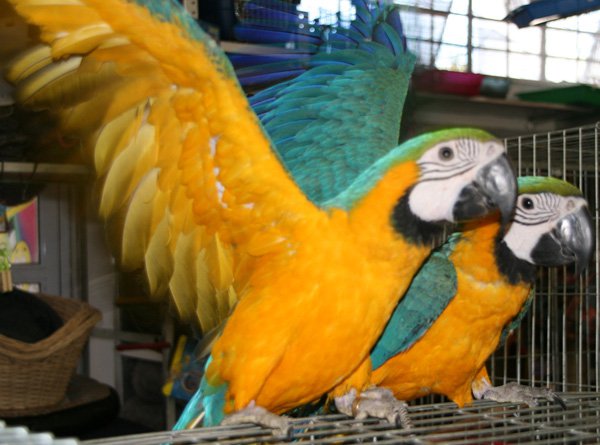 The Different Benefit of Portable Chicken Coops for your Feathered Pet
The Different Benefit of Portable Chicken Coops for your F
The Different Benefit of Portable Chicken Coops for your Feathered Pet
The Different Benefit of Portable Chicken Coops for your F
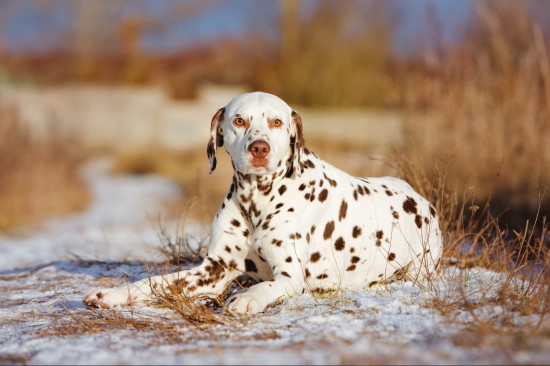 How Good Gut Bacteria Protects Your Dogs Overall Health
How Good Gut Bact
How Good Gut Bacteria Protects Your Dogs Overall Health
How Good Gut Bact
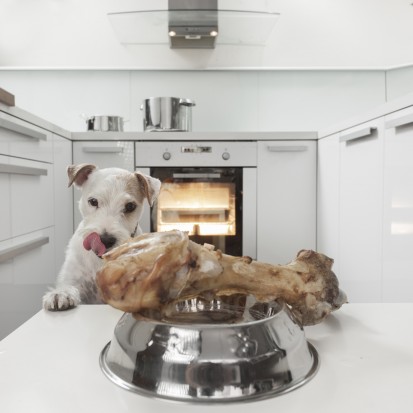 Eight Top Tips For Feeding Your Dog A Nutritionally Complete Diet
Eight Top Tips Fo
Eight Top Tips For Feeding Your Dog A Nutritionally Complete Diet
Eight Top Tips Fo
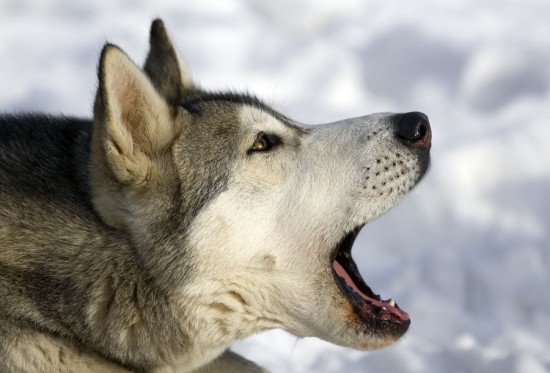 Why Do Dogs Bark?
Why Do Dogs Bark?
Why Do Dogs Bark?
Why Do Dogs Bark?
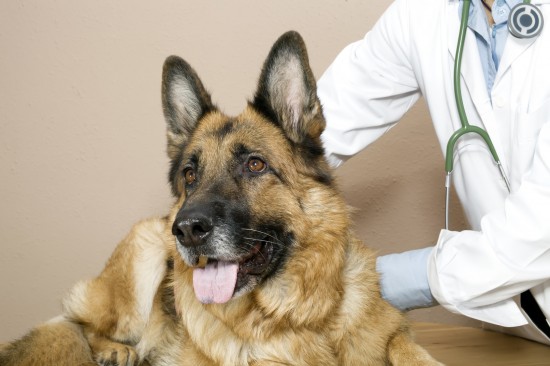 Ovarian Remnant Syndrome - Why A Spayed Dog Might Appear To Be In Season
Ovarian Remnant S
Ovarian Remnant Syndrome - Why A Spayed Dog Might Appear To Be In Season
Ovarian Remnant S